Construction of the Titanic
Everybody knows the tragic history of the “unsinkable” ship’s collision with an iceberg, and most have seen the epic 1997 James Cameron film of the same moniker.
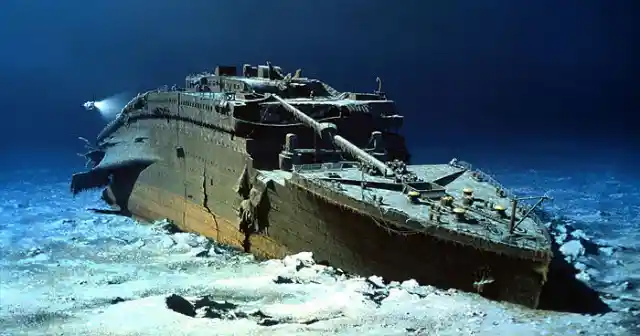
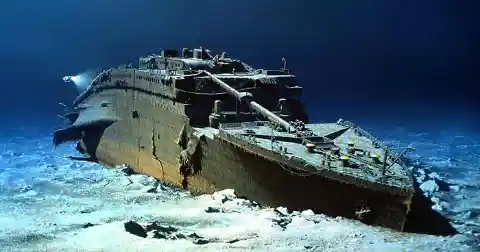
However, few have seen these breathtaking real Titanic photos spanning from the ship’s construction in the early 1900s to the discovery of its wreckage in 1985.
Since Titanic and her sister ship Olympic were to be the largest ever created, there were no slipways in existence to accommodate the construction.Massive Propellers
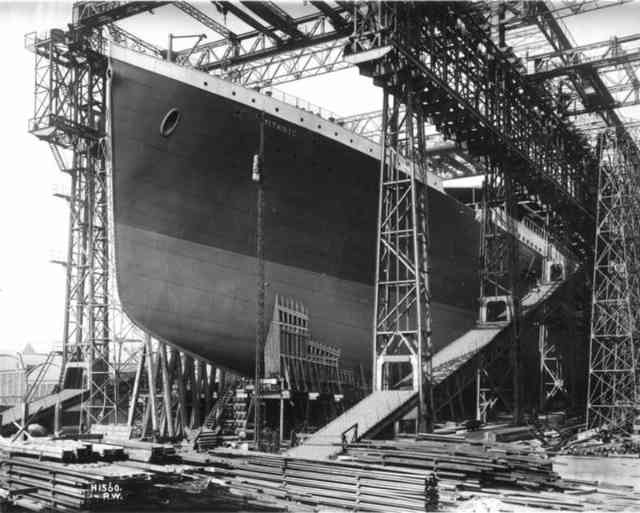
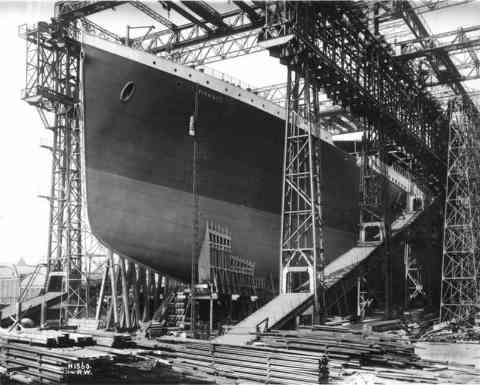
In order to move forward they first had to build a giant slipway, dubbed the “Great Gantry,” which alone cost close to $150,000 at the time.
This image taken towards the end of construction gives a clear idea for just how massive the Titanic was.The Real Jack Dawson?
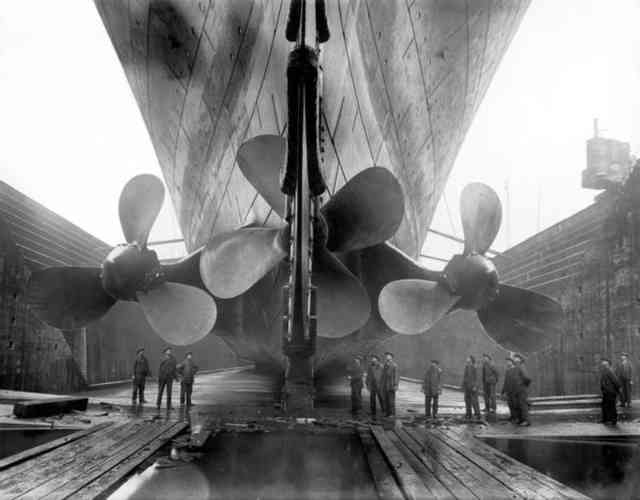
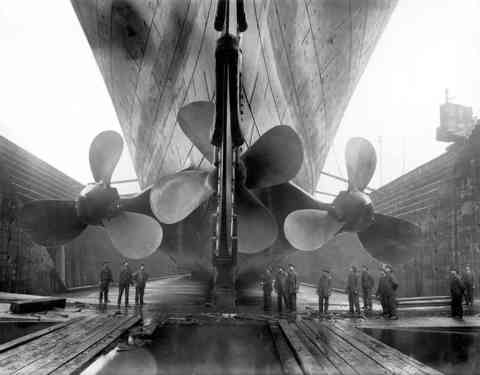
The ship was 883 feet long, which is taller than any building at that time had the ship been placed upright.
Emilio Portaluppi is believed to have been the real Jack Dawson from James Cameron’s epic love story about the disaster. Portaluppi boarded Titanic with a second class ticket by happenstance, as he was actually supposed to be on a different ship.The Real Rose?

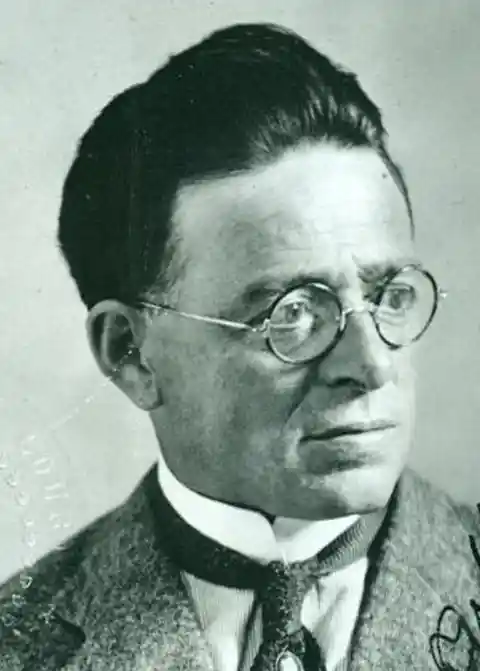
He was invited aboard Titanic by the wealthy Astor family. It is purported that he had a crush on Madeleine Astor.
It would be remiss to include the real Jack without the real Rose. Madeleine Talmage Astor was the wife of the business mogul, John Jacob Astor IV.Stern and Rudder of Ship
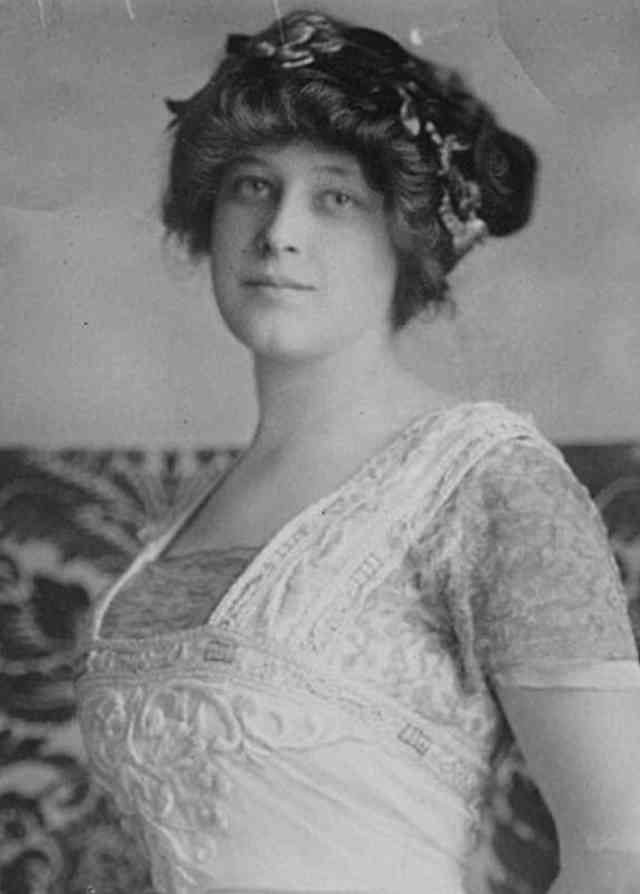
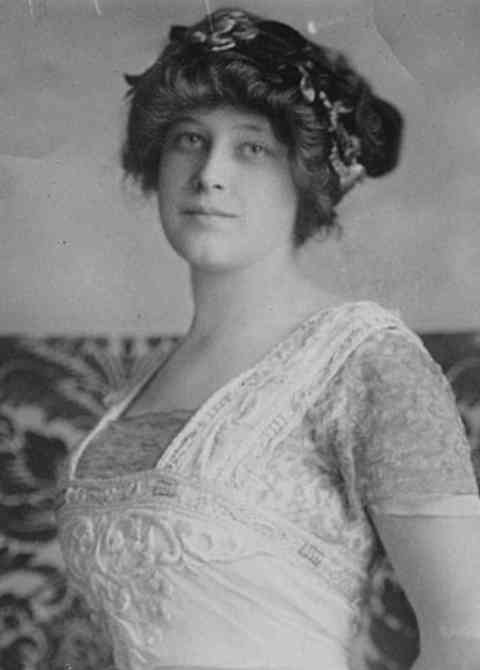
She is believed by some to have been the real Rose from the movie, Titanic. However, it has never been suggested that she actually had an affair with Emilio Portaluppi.
This picture shows the ship’s rudder, which is one of the main pieces needed to steer the gigantic vessel.Titanic at Dock Before Launch
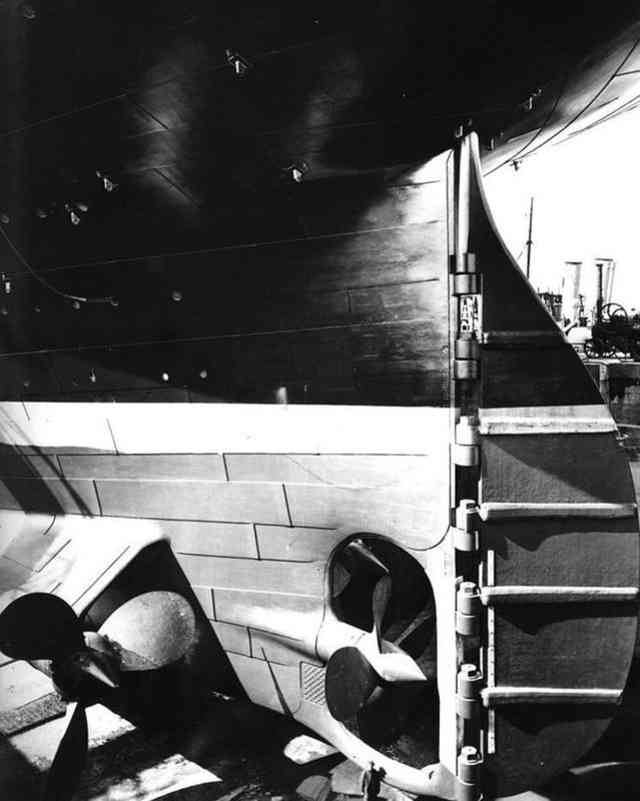
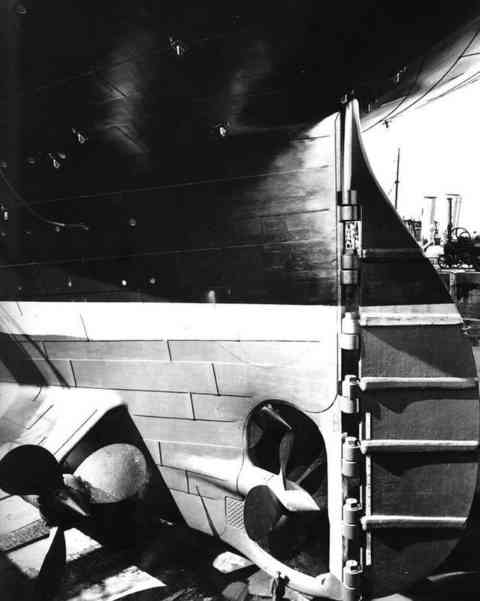
The rudder of Titanic weighed over 20,000 pounds.
An image of Titanic at the dock before launch. Moving such a large structure from land into water is an amazing feat.Leaving Belfast
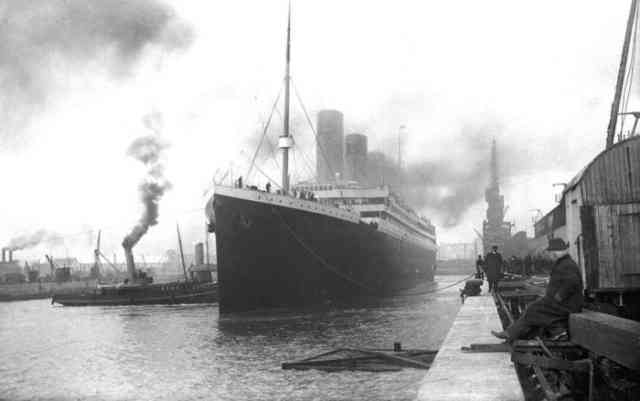
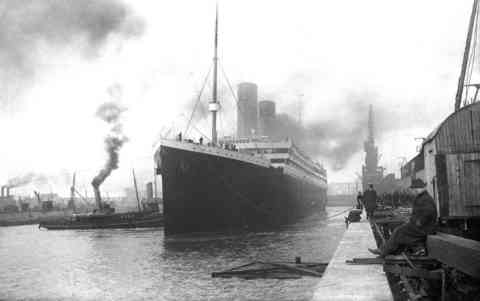
While the process of sliding the ship into water only took a total of 62 seconds, it required 23 tons of lubricants including train oil, soap, and grease.
A picture of the RMS Titanic leaving Belfast with the help of tugboats. There are only two visible in the image, but there were actually five tugboats needed in order to guide the large vessel.Propeller
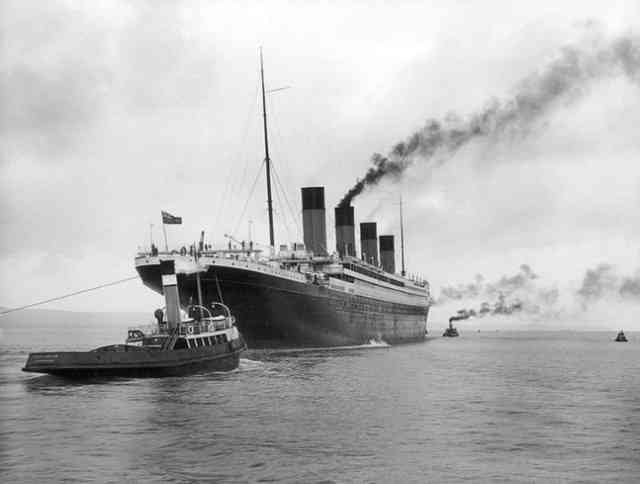
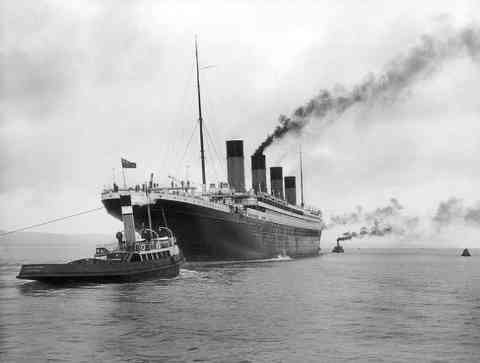
This photo was taken during a sea trial, which is a testing phase towards the end of construction.
One of the three propellers found in the wreckage. The middle propeller on the ship was 16 feet across, while the two side propellers were 23 feet across.The Crew of RMS Titanic
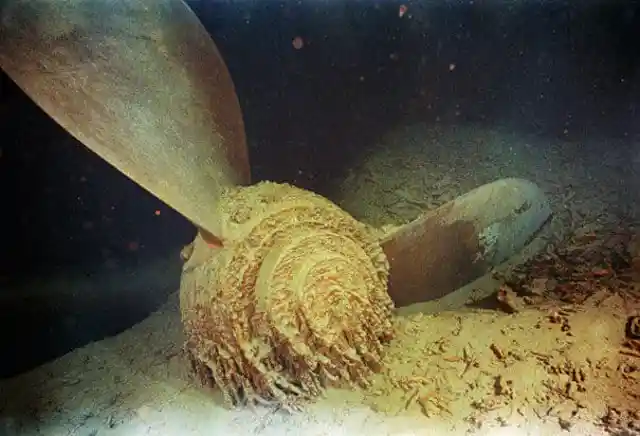

It is not clear which propeller is depicted in this image.
The crew of the RMS Titanic. The man with the white beard in the middle of the front row is Edward J. Smith, who was the Captain of the ship.Honeymooners Aboard Titanic
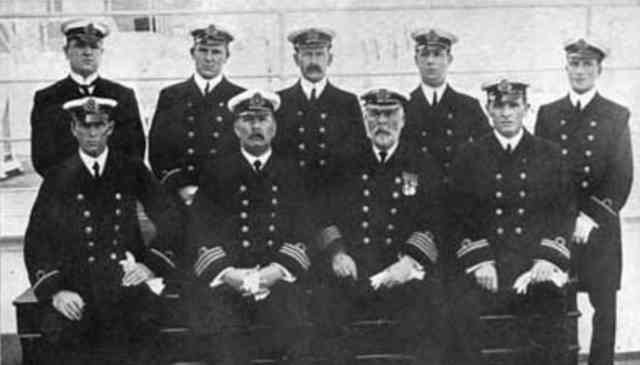
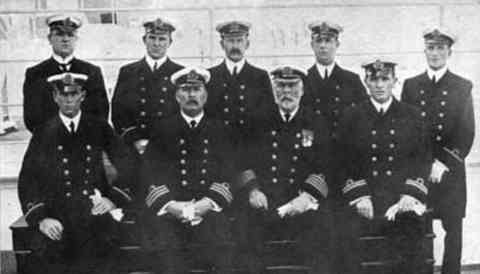
It is rumored that the Titanic voyage was meant to be his last trip before retiring. The other men featured are various officers and engineers, including the Chief Engineer.
This image features Mr. & Mrs. George A.Captain Edward John Smith
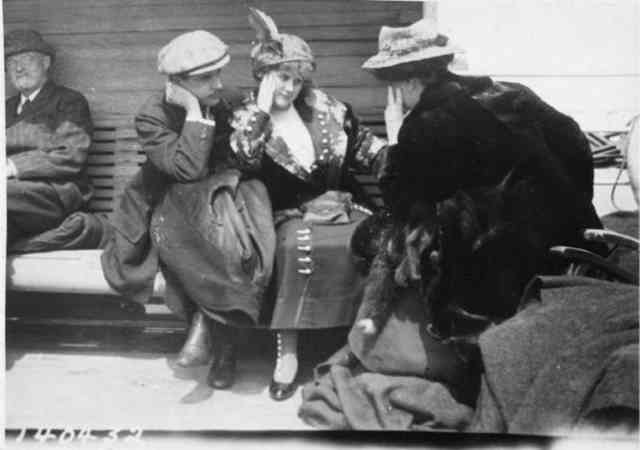
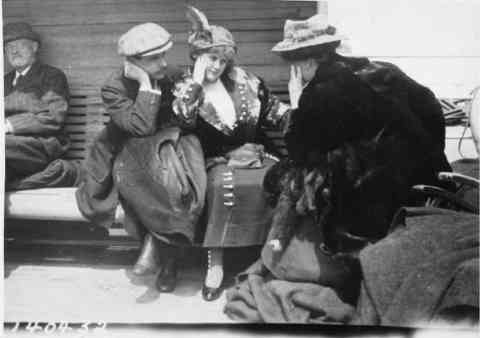
Harder, who were aboard Titanic for a honeymoon trip. The photographer, Bernie Palmer, sold the rights to this picture and others for a mere $10 not realizing they’d be worth much more money in years to come. The woman facing away from the camera survived the shipwreck but her husband unfortunately died.
Edward John Smith was the commanding officer for the White Star Line shipping company, and met his demise as Captain of the RMS Titanic.Letter Claiming the Captain was Drinking
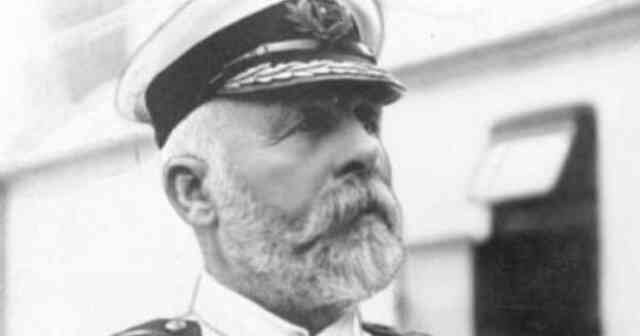
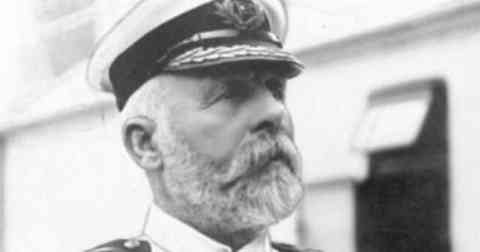
There are various conflicting accounts of Smith’s last words or how exactly he died in the disaster, but all suggest his final actions were heroic.
Some have blamed Captain Smith for the incident, suggesting that he wrongfully sped through the ice at full speed. However, he was posthumously exhonerated since it was a common practice at the time.The Infamous Iceberg
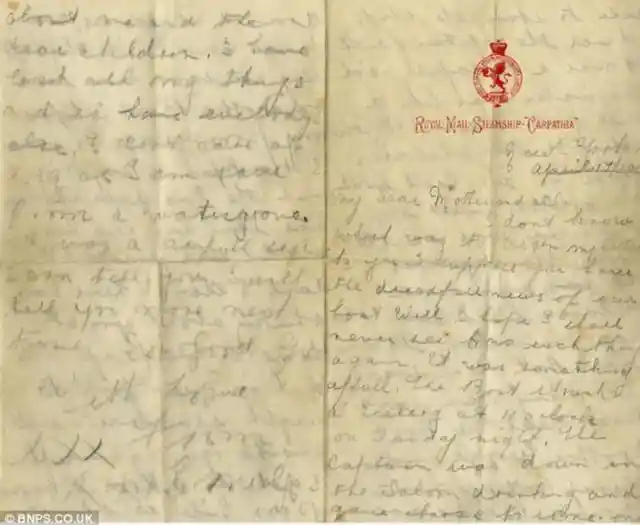
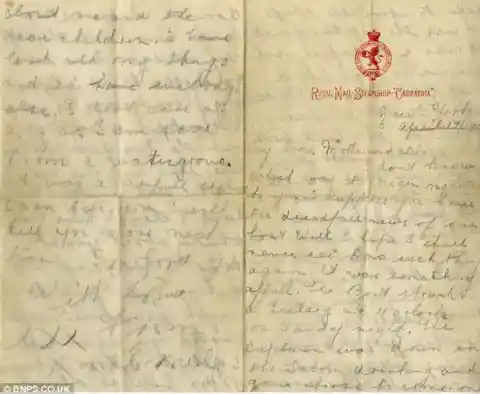
There is at least one survivor who claimed in a letter that Captain Smith had been drinking directly before the incident. Her letter (pictured below), written aboard the rescue ship Carpathia, was sold in an auction in 2012.
This is a picture of the iceberg that breached the side of the giant ship.Promenade Deck
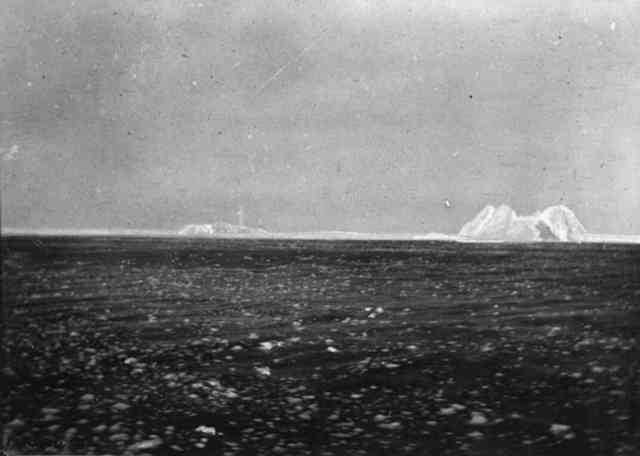
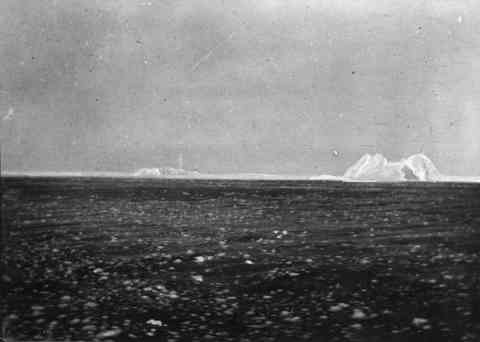
The iceberg punctured all five of the ship’s watertight rooms meant to keep it afloat.
The promenade deck was located directly below the top deck. While this deck was for general use, there were four cabins that featured private 50-foot promenade decks of their own.Standard Single Bed Cabin
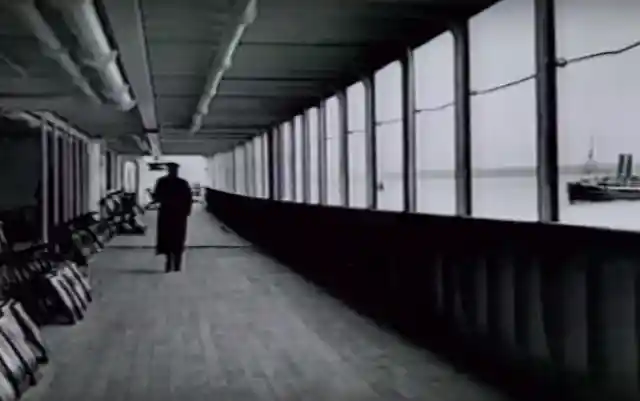
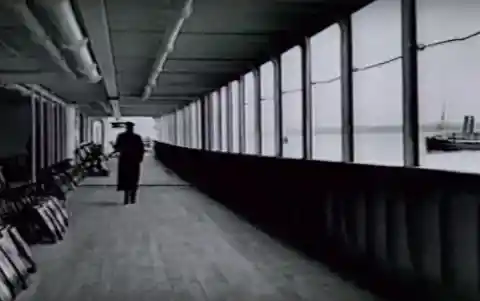
They were called Parole Suites and were the most expensive rooms available. The priciest of these rented for over $4,000 in 1912, which is close to $100,000 today.
This room was most likely one of the 350 first class standard cabins that included a single bed. There were also 39 private suites available on the ship, and each had private bathrooms in addition to bedrooms.Cruising On The Water
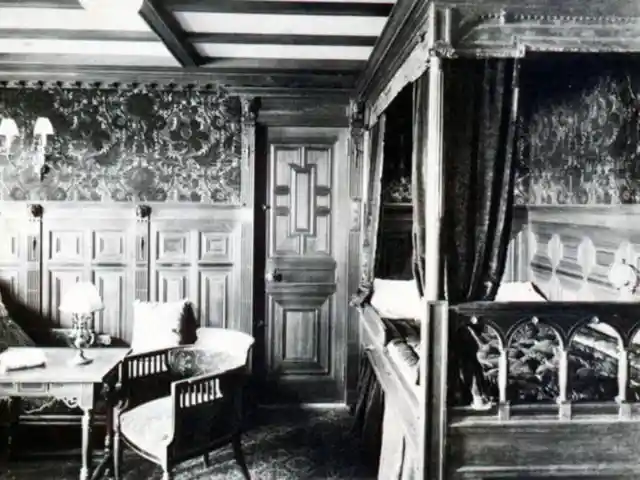
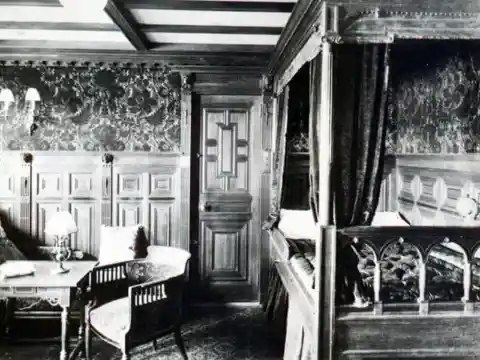
Some private suites even included wardrobe rooms, and were decorated in the ornate styles of French monarchy.
The RMS Titanic was loaded with close to 6,000 tons of coal for the maiden voyage.The Marconi Communications Room
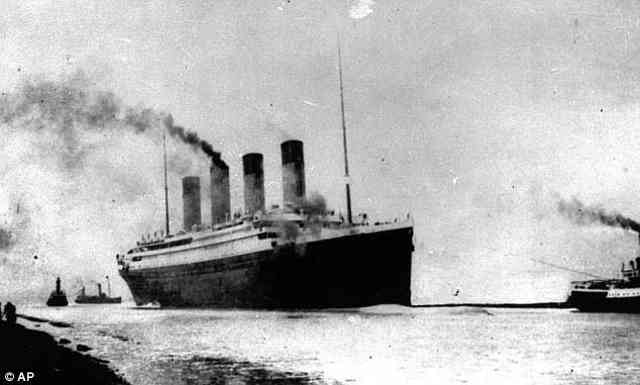
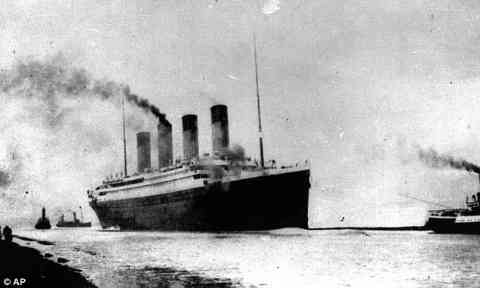
The ship burned roughly 690 tons daily, with people working day and night to shovel coal into boilers in order to create steam power.
The communications room on the ship was operated by the Marconi Company.Lifeboats Being Lowered
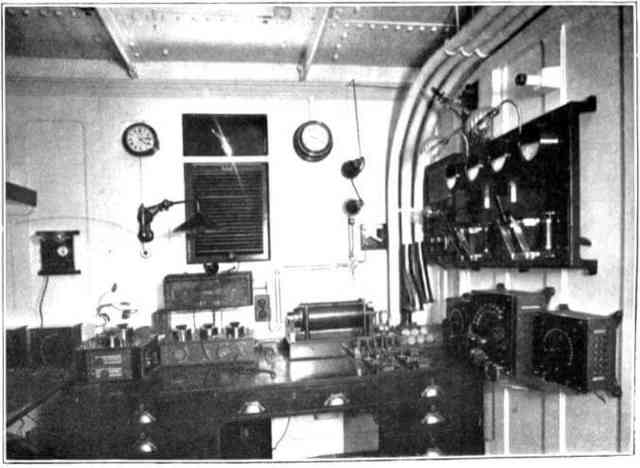
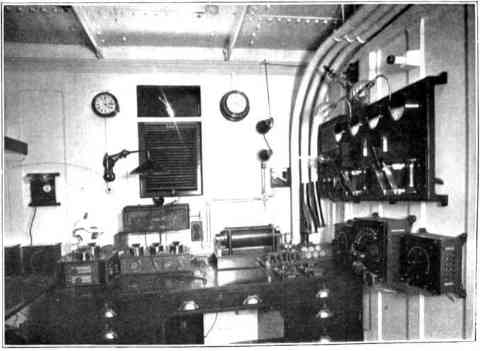
The operators aboard Titanic were actually employees of the Marconi Company and not crewmembers of the ship.
The Titanic had 20 lifeboats on deck that could carry around 1,200 people at maximum capacity.Survivors on Carpathia
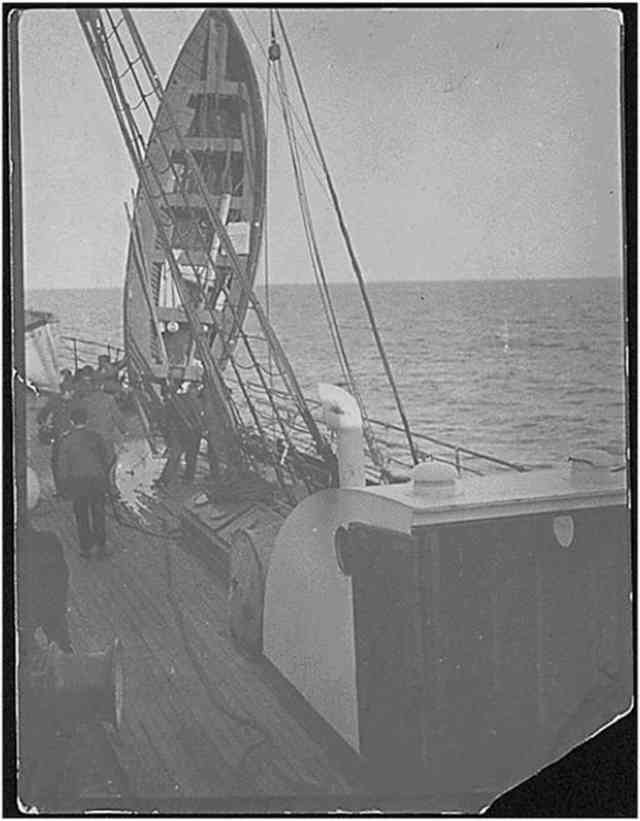
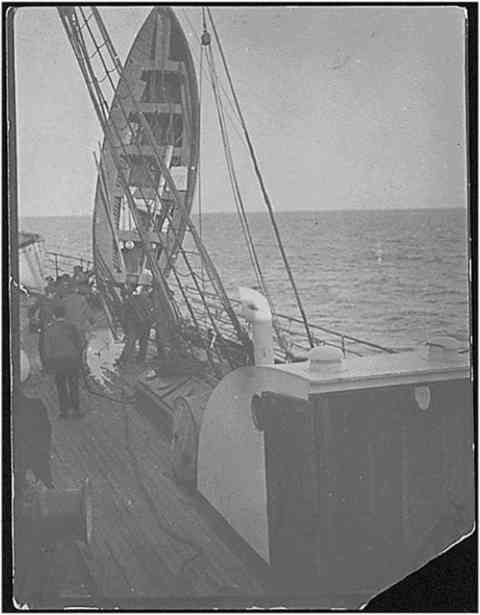
Although that is more boats than required at the time, it is less than half of the vessel’s occupancy — roughly 2,500 when including passengers and crew.
Over 700 survivors from the shipwreck were rescued by an ocean liner named Carpathia.Passengers Fleeing on Lifeboats
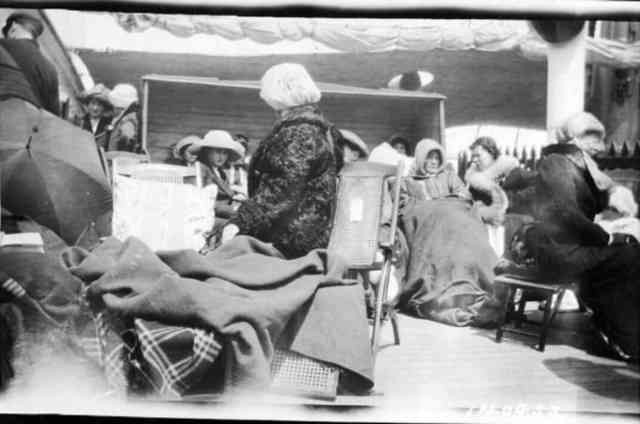
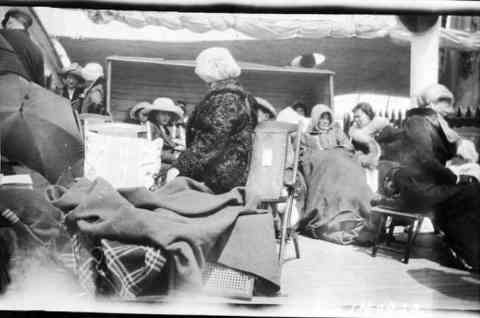
The survivors were all extremely cold and suffering from stress and hypothermia, so they were handed warm clothing by the passengers of the oceanliner.
Lifeboats filled with passengers fleeing the sinking ship. Since the crewmen were worried that the lines would not actually support the weight, many of the lifeboats were launched below capacity.Passengers Being Rescued by Carpathia
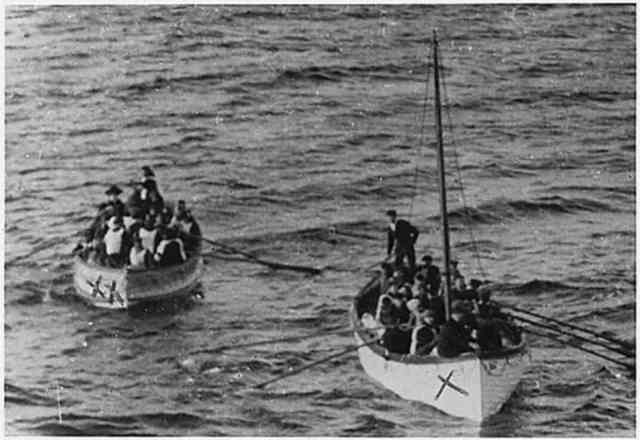
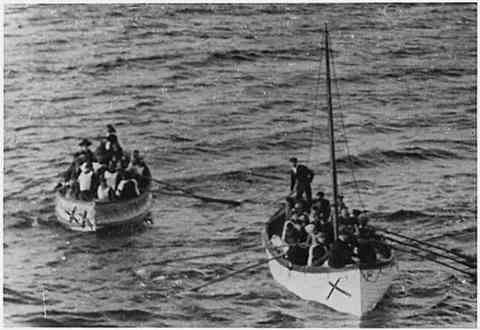
The first boat to launch was holding less than half of its 65-person capacity, and another left with a mere 12 people on board.
This picture was taken by a passenger aboard the ocean liner Carpathia, the ship that responded to an emergency signal and came to rescue the people in lifeboats.Sparsely Filled Lifeboat
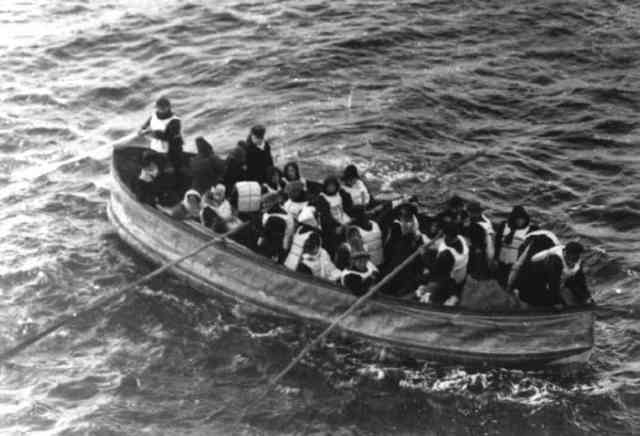
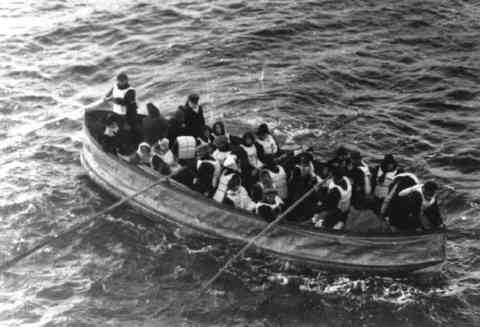
Only a little more than 700 people were actually rescued in lifeboats.
The passengers who fled on lifeboats were in the water for over two hours before Carpathia was able to arrive.Lifeboats Back at Pier 54
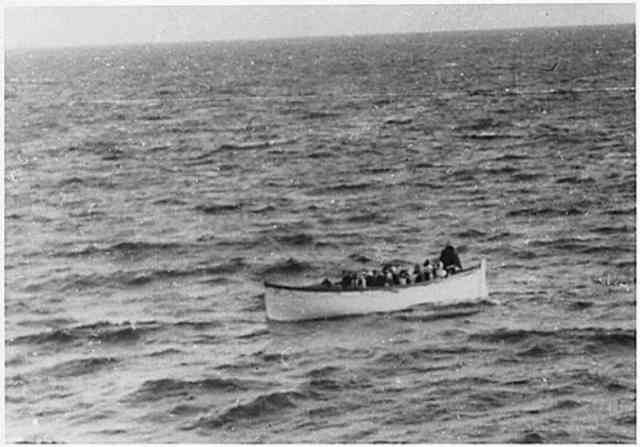
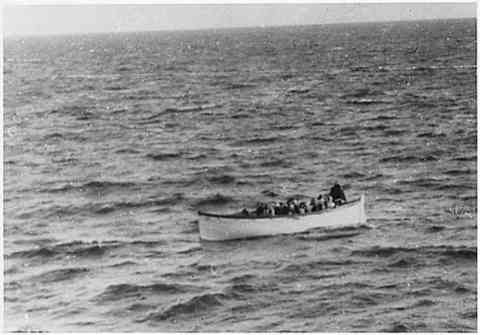
You can see clearly in this picture that this particular lifeboat had plenty of room for more passengers.
This picture shows the lifeboats in the water after the passengers were safely brought back to the pier.Gym & Luxury Amenities
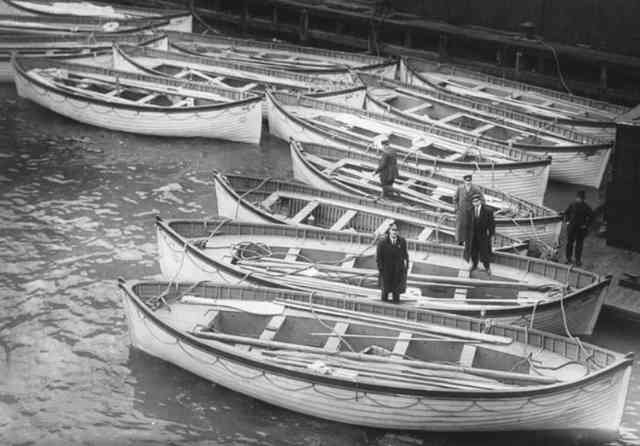
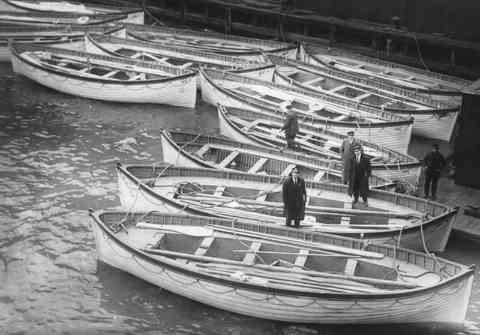
This was White Star Lines’ pier 54 in New York City.
Gym & Luxury Amenities
This picture shows a man on an antiquated row machine. A gym was one of the many luxury amenities within the ship.Closeup of Iceberg
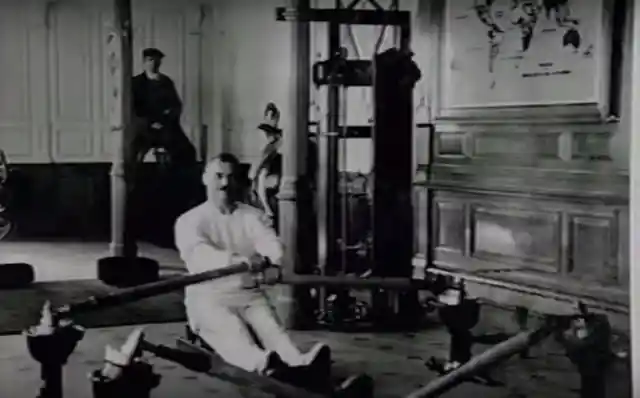
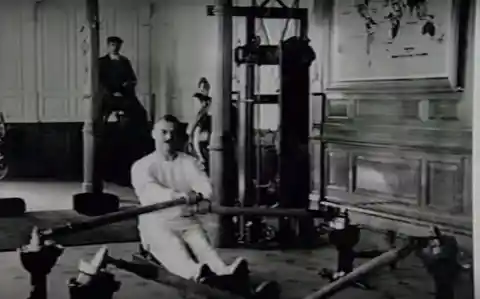
The Titanic, along with its sister ship Olympic, were actually the first ocean liners to include a gym. Other amenities include a large swimming pool, a squash court, and a Turkish bath.
A closer picture of the iceberg that sunk the Titanic. The black marks on the iceberg are purportedly lines of paint left behind by the ship.The Grand Staircase
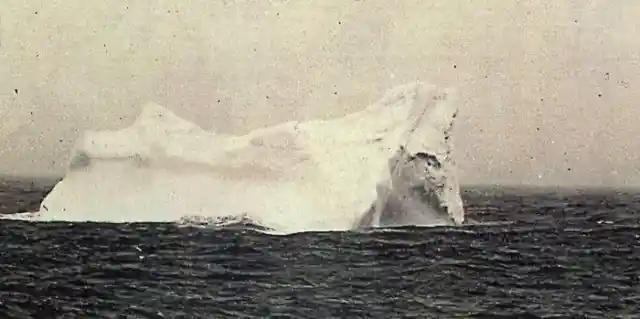
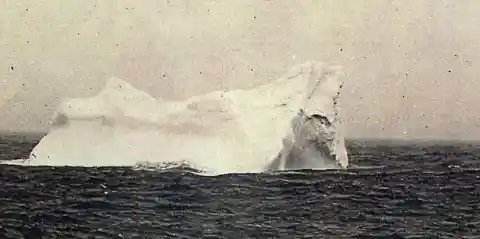
If they would have collided with the iceberg head on, there is a good chance that the Titanic would not have sank.
The ornate grand staircase that is famously replicated in the 1997 movie. This photo is actually the staircase of Titanic‘s sister ship, Olympic.Grand Staircase in Wreckage
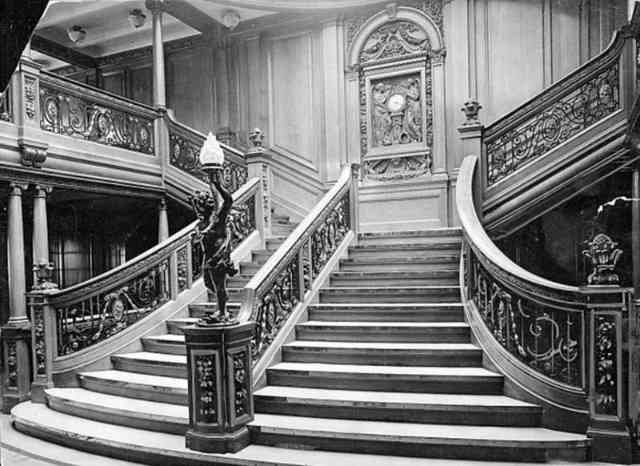
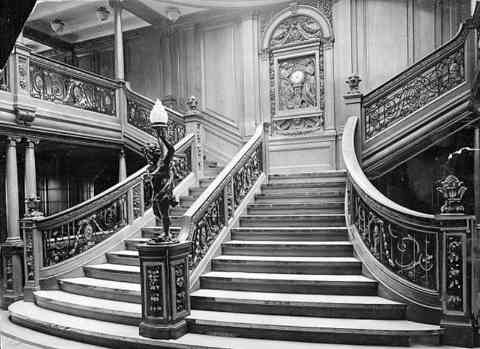
The two ships had identical grand staircases constructed, but no known pictures exist of the actual staircase within Titanic.
This is what was left of the grand staircase in the wreckage — not much, obviously. While filming the movie, James Cameron has stated that the replica staircase broke free and floated away unexpectedly.Discovery of Titanic Wreck
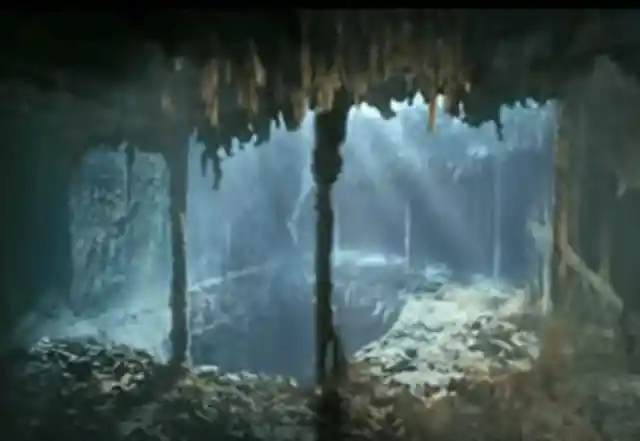
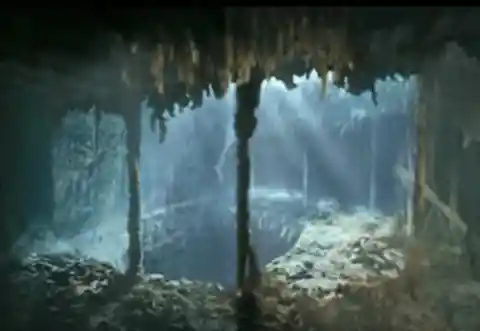
It is believed that that is exactly what happened to the actual staircase as well.
The wreck of the RMS Titanic was finally discovered in 1985 by Robert Ballard after many years of failed attempts by various expeditions.Ship’s Boiler in Wreckage
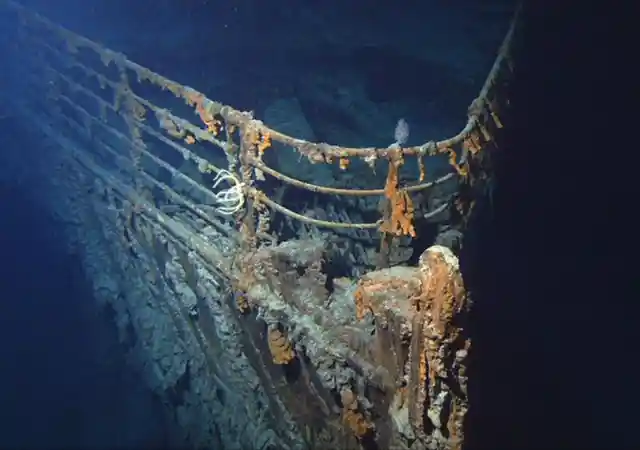
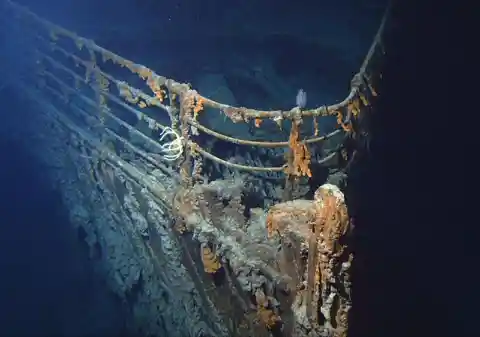
In order to find the wreckage he had to device new technology which he called Argo, a deep-sea vehicle that could be controlled remotely.
One of the large boilers found in the wreckage of the ship. This is actually the first thing that was found by Robert Ballard in his 1985 expedition.Stern of Ship Discovered
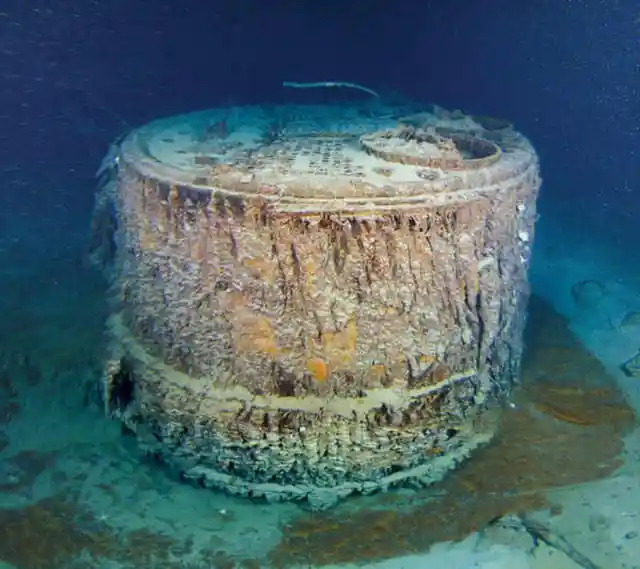
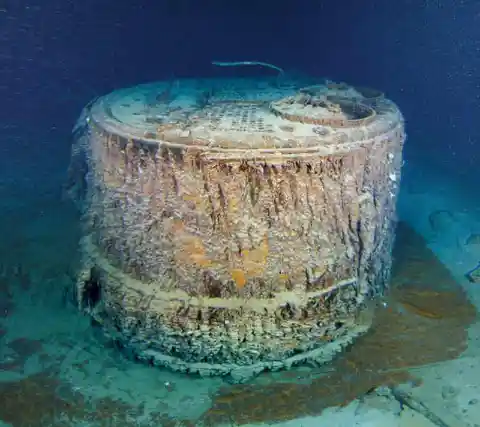
The boiler was identified as being identical to pictures from 1911, and the next day Ballard discovered the largest part of the wreck using his Argo technology.
What is left of the stern of the ship’s wreckage, discovered by Robert Ballard in 1985. Until the discovery of the wreck it was not widely believed that the ship’s hull would have actually torn in half before sinking.Bathroom of Captain Smith
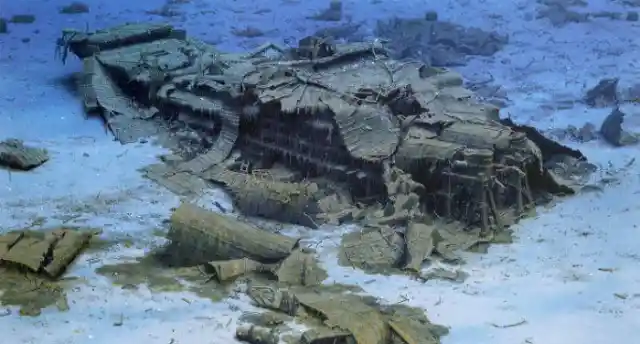

The stern and bow were found a third of a mile apart, confirming that it did in fact break into two sections.
This was the bathroom of Captain Edward Smith, found in the wreckage of Titanic.The “Great Gantry” at the Shipyard
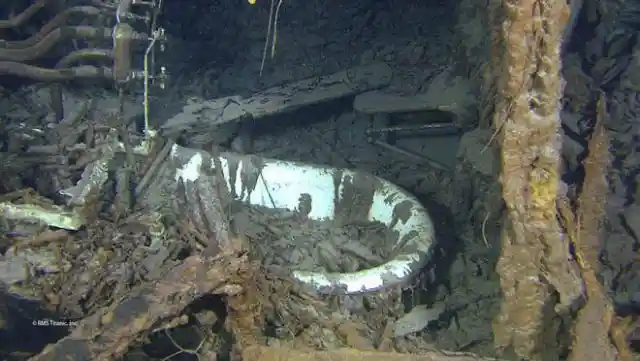
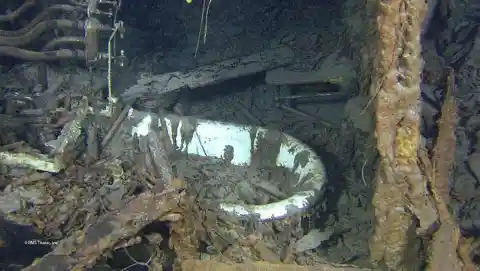
The porcelein tub was still largely in tact but covered in barnacles.
Far in the background you can see the Titanic being built on the newly constructed giant “Great Gantry” slipway.One of Several Anchors
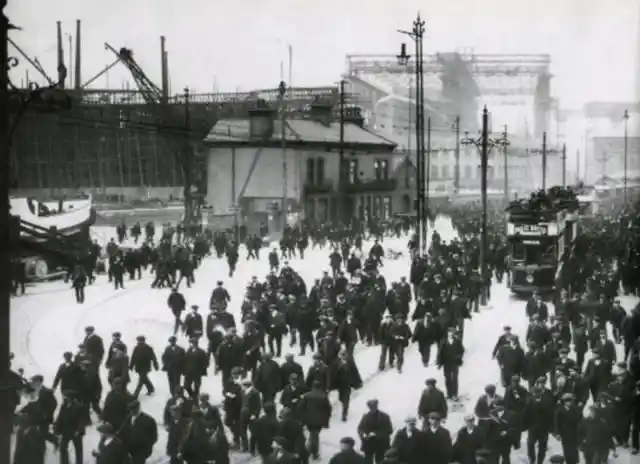
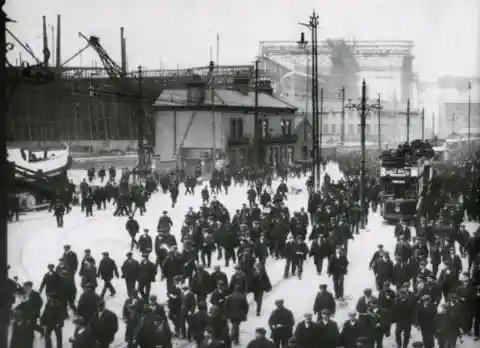
The location was at the Harland & Wolff Shipyard, and the project used over 11,000 workers.
One of the three anchors still within it’s compartment found at the wreckage in 1985.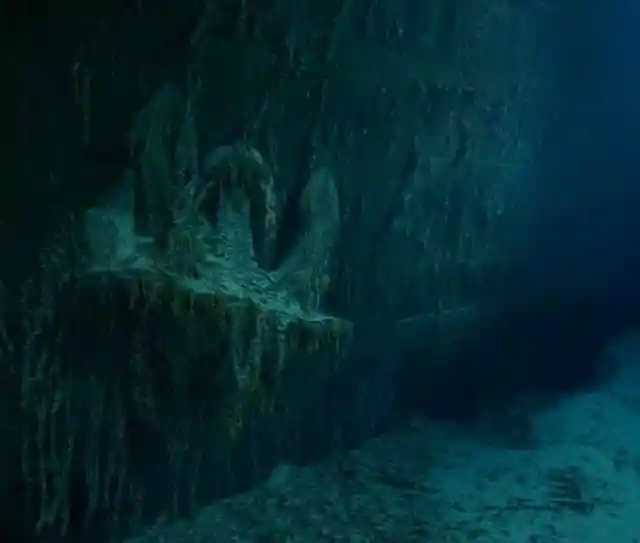
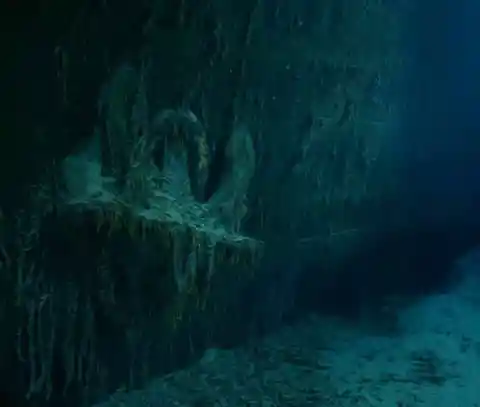
The Titanic had three gigantic anchors, each weighing a little over 10 tons for a total of 31 tons.
The Royal Mail Ship (RMS) Titanic was officially launched by the White Star Line on May 31, 1911. It was built in response to their competitors’ new ocean liners, Mauritania and Lusitania, which were breaking White Star Line’s records for size and speed. The largest ship afloat at the time it entered service, the RMS Titanic was the second of three Olympic class ocean liners operated by the White Star Line, and was built by the Harland and Wolff shipyard in Belfast. Titanic was equipped with three main engines—two reciprocating four-cylinder, triple-expansion steam engines and one centrally placed low-pressure Parsons turbine—each driving a propeller.
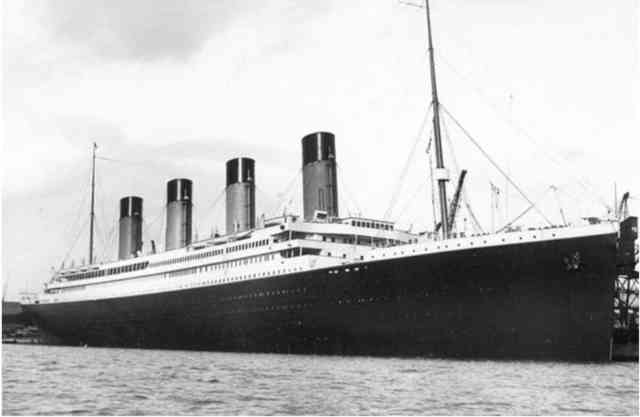
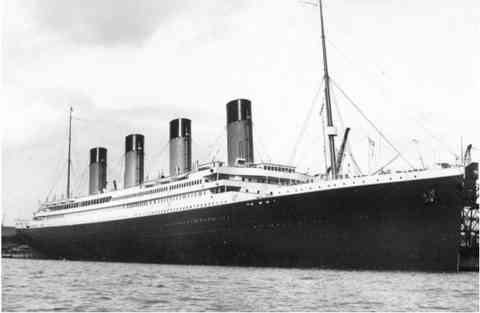
The two reciprocating engines had a combined output of 30,000 hp and a further 16,000 hp was contributed by the turbine. The White Star Line had used the same combination of engines on an earlier liner, the SS Laurentic, where it had been a great success. It provided a good combination of performance and speed.